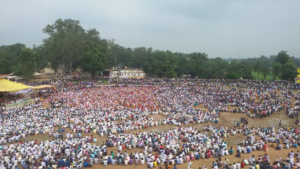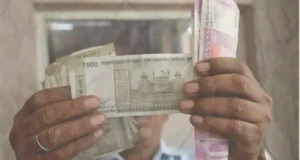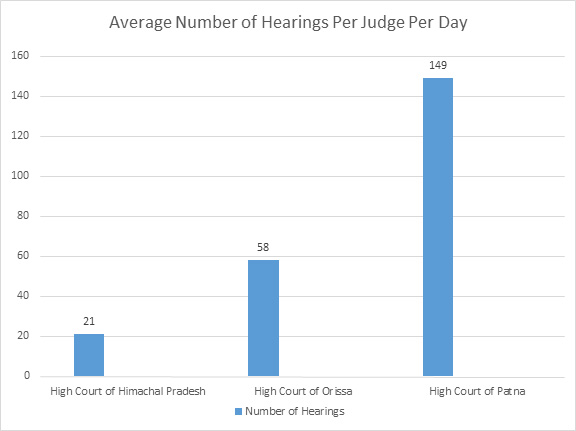

You’ve Got Five Minutes. Go!
Work pressure – it’s a much bandied about phrase. While often associated with long hours and the compulsion to deliver difficult pieces of work in impossibly short timespans, the specifics of work pressure vary vastly from profession to profession. For the most part, work pressure stays a nebulous and ominous force, since quantifying it opens a Pandora’s Box in its own right. How would you measure work pressure – is it by looking at the number of hours that a person works in a day, the number of days of leave they get in a month, the number of pieces of work they have to send out every day or a permutation and combination of all of these as well as other factors?
Judges represent one third of the triumvirate of actors that make up the judicial system. In many ways, they are the constants of the system. Litigants come as their need arises and lawyers work on case by case basis. Judges however, are in court all day, every day, listening to disputes, deciding on them and writing judgements. Currently, India has 601 High Court judges. Add to this number the 25 judges of the Supreme Court and you have 626 representatives in the higher judiciary for a population of 1.252 billion people. Right away, without trying to quantify anything, those numbers tell you that High Court judges are facing acute work pressure.
We know that High Court judges are having difficult days at work, but effecting systemic change and understanding the root of the problem, means looking at judicial work pressure from a quantitative perspective. This is where the DAKSH database comes in. Using the database, we are able to identify and analyse a key statistic to quantify judge’s work pressure – the average number of hearings that appear before a judge each day (court wise). Below is a chart that provides this number for certain High Courts in our database.
To make real sense of these statistics, we need to take a step back and look at another number – the daily working hours for a judge. On average, judges spend between five and five and a half hours a day hearing and deciding cases. That is 300 to 350 minutes. With that figure in mind, take another look at the chart. A quick explanation on the chart- The courts included have been chosen to represent a range of hearings per day. There are three categories that have been represented– courts with a low number (Himachal Pradesh), courts with a medium number (Orissa) and courts with a high number (Patna).
If we do some basic division, it tells us that most relaxed High Court judges in the country have 15-16 minutes to hear each case that comes before them, while the busiest judges have about two and a half minutes to hear a case and on average, judges have approximately five or six minutes to decide a case! This alarming statistic raises serious questions on the fairness of hearings in the courts. Does between two to fifteen minutes really allow judges to write well-reasoned and thorough judgements? Given the huge number of decision and the tiny time window is the quality of judgments adversely affected?
The views expressed in this article are solely those of the author’s and they do not represent the views of DAKSH.

Ramya Tirumalai
RECENT ARTICLES


POLITICAL MANIFESTOS AND JUDICIAL REFORMS

Challenges in NCLT Filing Procedures: Advocates’ Perspectives

Beyond Revenue – Reimagining Court Fee As A Policy Tool For Judicial Administration

-
Rule of Law ProjectRule of Law Project
-
Access to Justice SurveyAccess to Justice Survey
-
BlogBlog
-
Contact UsContact Us
-
Statistics and ReportsStatistics and Reports
© 2021 DAKSH India. All rights reserved
Powered by Oy Media Solutions
Designed by GGWP Design
